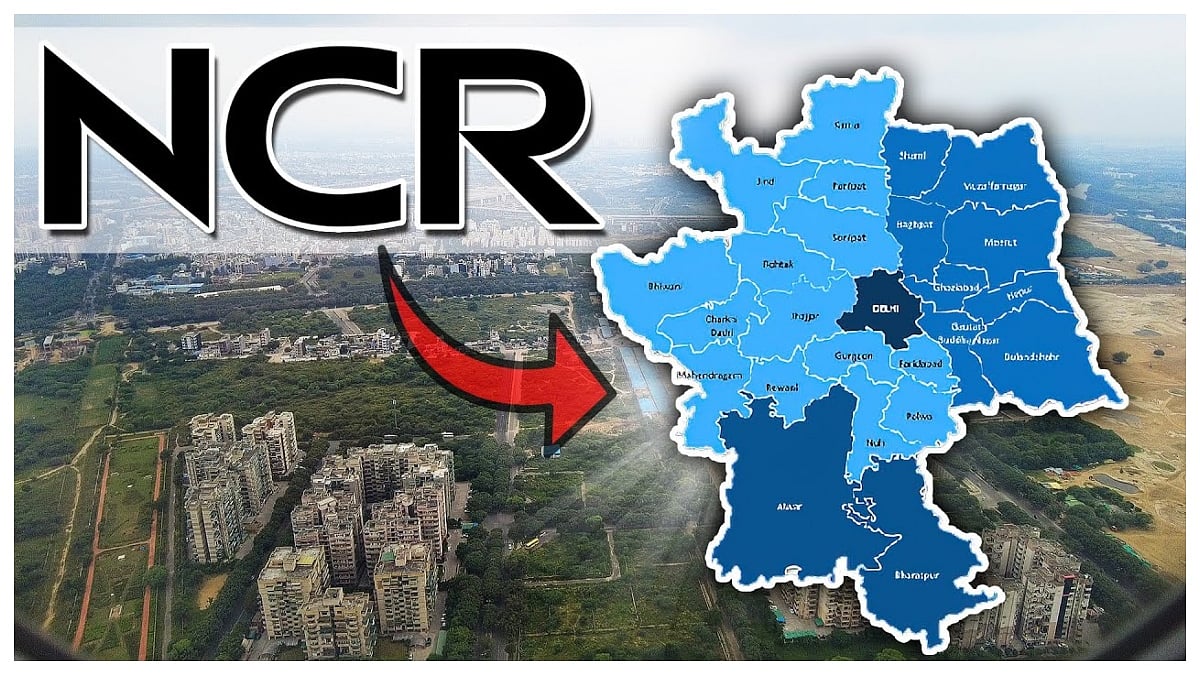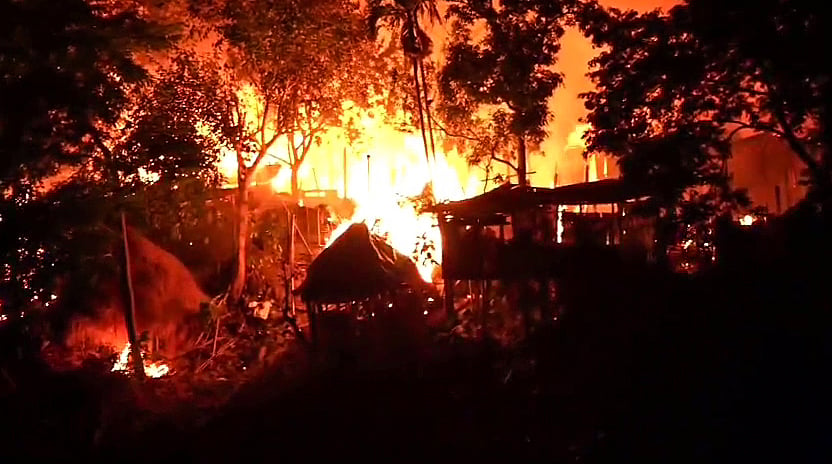Lucknow: Lightning in India has emerged as one of the most lethal and challenging natural hazards. Over the past 54 years, lightning has caused a total of 101,309 human fatalities, averaging 1,876 deaths annually.
This was revealed in a study titled: “Lightning-related fatalities in India (1967-2020): A detailed overview of pattern and trends” carried out by Manoranjan Mishra, Tamoghna Acharya, Rajkumar Guria, Nihar Ranjan Rout and others.
Lightning fatality data from 1967 to 2020 (53 years) across the Indian states were collected from the National Crime Record Bureau (NCRB). The NCRB provides the longest available time series of gender-disaggregated lightning fatality data.
The data highlights an increasing trend, with the last two decades showing the highest increase, an alarming development. The rising trend of extreme climate conditions will likely exacerbate the situation in a country like India.
“The increase in recorded lightning deaths in the last 20 years can be attributed to both improved recording methods of lightning deaths and the effects of climate change,” Mishra told this reporter.
The analysis reveals that Madhya Pradesh registered the highest number of deaths, followed by Maharashtra, Uttar Pradesh, and Odisha.
Explaining more deaths in MP than in UP, the most populated state in India Mishra said “It all depends on cloud-to-ground activity and exposure of the population during that time. The relation is non-linear.”
Ongoing research indicates that Central and Eastern India have the highest incidence of lightning, with Northeast India showing an increase since 2001. States like Madhya Pradesh, which lack substantial disaster management institutions at the state or local level, need serious and immediate attention, while Bihar and Uttar Pradesh need to develop and implement a scientific, evidence-based action plan, the study said.
Furthermore, states including Odisha, Jharkhand, Chhattisgarh, West Bengal, Telangana, and Tamil Nadu must continue and intensify their lightning risk management efforts.
Sunita Narain, director-general of the Center for Science and Environment, said global warming plays a role in the rising number of lightning strikes. A one-degree Celsius rise in temperature increases lightning by 12 times.
She said that deforestation, the depletion of bodies of water, and pollution all contribute to climate change, which leads to more lightning.
Gender disparity
There is marked gender disparity among lightning strike fatalities in India, underscoring the variable impact across genders. Specifically, Punjab and Haryana exhibit the highest male fatality rates, at 86% and 80% respectively, starkly contrasting with Kerala, where the gender gap narrows, with male fatalities constituting 65% and female fatalities 35%.
The findings highlight the distinct vulnerabilities and exposures of men and women to lightning hazards, suggesting that socio-cultural factors, occupational exposure, and behavioral patterns, which differ markedly between genders across various regions, likely contribute to this disparity.
Mitigation
The study says that lightning, while an inherent natural hazard, has a considerable potential for mitigation. This can be substantially achieved through a research and knowledge-based community-centric approach, complemented by collective actions, as opposed to a solely bureaucratic approach.
“The emphasis should be on enhancing public awareness and sensitization through preparedness, prevention, mitigation, and capacity building. The essence of success in reducing lightning-related fatalities and injuries lies in two critical aspects – firstly, implementing local research and knowledge-based actions, and secondly, undertaking aggressive capacity building before and during high-risk periods such as Kal baishakhi, pre-monsoon, and monsoon seasons,” the study said.
It has been observed that a lack of sustained efforts toward lightning risk management results in more deaths. An assessment of the problem, identification of the causes and victims, and development of remedial measures are crucial to avoid these losses. There is an urgent need to undertake technically supported national programs that cover all states, under the supervision of a national agency with a community-centric approach, the study said.










